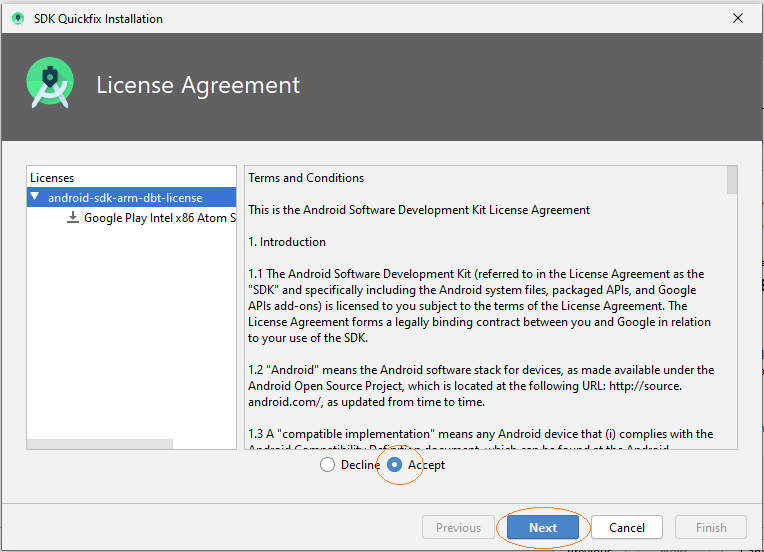
- #Ubuntu windows 95 emulator install
- #Ubuntu windows 95 emulator manual
- #Ubuntu windows 95 emulator code
The sample files to complete the exercises in this tutorial can be downloaded here. exe) in the “Mini vMac” folder included with the downloads below. Once downloaded and unzipped, we recommend placing the application file (.app. You can visit the official project Download page and select the appropriate package for your system. Mini vMac is a stand-alone application that should require no further setup or installation once downloaded and unzipped.

#Ubuntu windows 95 emulator code
Package manager only offers version 4.0.x or lower, please manually download and build from the source code offered on QEMU’s website.
#Ubuntu windows 95 emulator install
Just be careful to check that yourĭistro’s repositories install version 4.2.x by default (Ubuntu users, for example, will need to be on 20.04 LTS or above). Linux users should be able to easily install QEMU with their distribution’s package manager.
#Ubuntu windows 95 emulator manual
(Chocolatey should install QEMU 4.2.x by default, otherwise be sure to choose a manual installer that lines up with this version) If you install Chocolatey first, QEMU can easily be installed by typing choco install qemu in a Command The makers of this workshop also highly recommend Chocolatey, which is essentially the sameĪs Homebrew, for Windows. The QEMU project does not officially maintain Windows versions, but links to Windows installers provided by their (Homebrew should install QEMU 4.2.x by default) If you do not already have Homebrew on your system,įollow Homebrew’s instructions for installation first, then QEMU’s instructions for MacOS installation. QEMU is best installed on MacOS using Homebrew. Certain legacy operating systems, including Windows 95, may not work properly with


Please be certain to use QEMU 4.2.x or higher. Its project web site contains instructions for download depending on your OS. QEMU is a command-line application, and most easily installed using package managers. You will need to download and/or install two open-source emulators to complete the workshop activities: QEMU, a generic PC emulator, and Mini vMac, whichĮmulates a Macintosh Plus. In order to complete the tutorial using the provided example files, you will need approximately 5 GB of free space of storage (and we’d recommend something more like 10 GB if possible, to really explore in some of the activities!) This tutorial has been tested and can be completed using MacOS, Windows, or Linux. Using Emulators to Resurrect Recovered Data: Setup


 0 kommentar(er)
0 kommentar(er)
